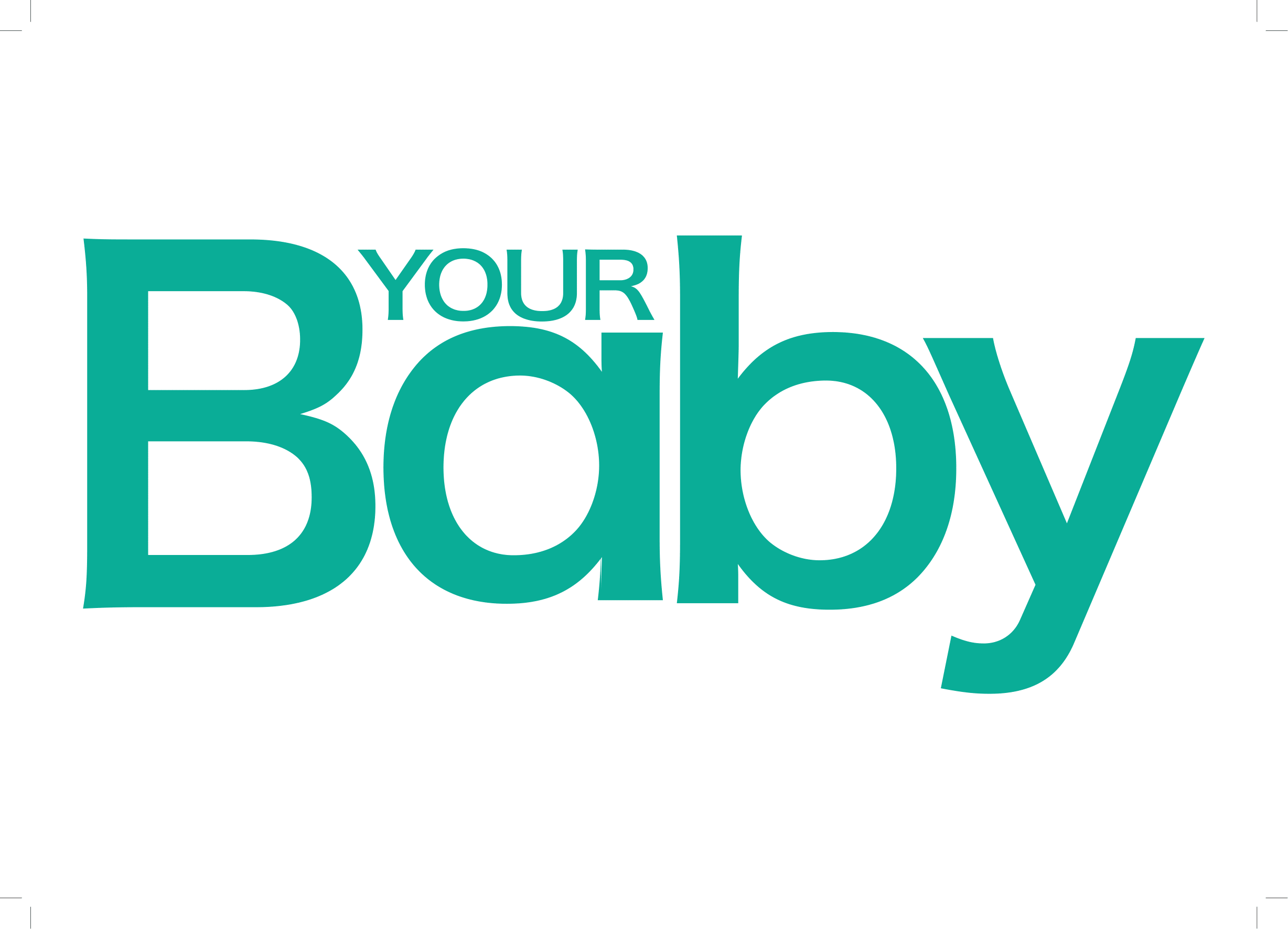
Immediately after birth, your baby may cry at the breast and seem confused about latching. The solution here is to give her time – she may be frightened and distracted by a whole series of new experiences in her little life. Noise, light and space is not what she’s used to and adrenalin pumping through her system doesn’t help either.
How to stimulate your baby's breastfeeding reflex
At other times your newborn may pull her head away from the breast. Stimulate her breastfeeding reflex by brushing your nipple against her cheek. This will awaken her rooting reflex and she will instinctively turn her head towards the source of stimulation, open her mouth wide and find the nipple to feed.
Teaching your baby to latch
If your baby doesn’t want to suck, she may just not have mastered the skill yet. Wash your hands, then prompt her to open her mouth by gently touching her lips. When she responds, slip your little finger into her mouth and press the soft pad of your finger tip against her palate.
This will awaken her sucking reflex and soothe her. Expressed breastmilk can be squirted into her mouth with a syringe. Now that she has an idea how to suck and what the milk tastes like, express a drop of milk onto the nipple and try latching her again.
Frustrated at the breast
During the first 6 weeks she may become frustrated at the breast, cry and pull away. An impatient baby is easily frustrated when her efforts to breastfeed are unrewarded and your let-down reflex is delayed. If your baby has been sleeping for a long time, expect her to be hungry when she wakes up and feed her straight away.
Difficulty latching when your breasts are engorged
Some babies have difficulty latching when the breasts are over-full. The areola becomes hard and unyielding making it difficult for your baby to latch and painful for you. Wet cabbage leaves help to reduce swelling, or bathe your breasts in warm water before feeding and massage to express and soften them.
Problems with swapping from bottle to breast
If your baby was given a bottle and now only wants to feed from a rubber teat, she may be confused because she is still learning how to breastfeed – a technique quite different from sucking milk out of a teat. Use a teaspoon, syringe or miniature cup instead of a bottle when your baby needs a complementary or top-up feed.
Discomforts while breastfeeding can make the experience unpleasant
Sometimes moms experience a variety of discomforts while breastfeeding, ranging from painful menstrual-type cramps during feeding (muscle-contracting hormone oxytocin is getting the womb back into shape) to painful nipples and uncomfortable breasts.
This can signal negative messages about breastfeeding and block the release of milk-making hormones. Put a hot water bottle over your tummy while feeding and drink a soothing cup of tea.
If your baby pulls away as soon as the milk starts to flow
If baby pulls away as soon as the milk starts to flow she may be overwhelmed by an unexpected gush of milk. Change your position from sitting to lying down. Burp your baby often because swallowed air could make her colicky.
Pattern of crying and frequent feeding
A pattern of crying and frequent feeding could happen when the weather is particularly hot and your baby is thirsty.
Difference between the fore-milk and the hind-milk
The fore-milk is the watery milk that satisfies your baby’s thirst. With the let-down comes the hind-milk to satisfy her appetite. If she is only thirsty, she will pull away when she tastes the fat milk. Simply put her to the other breast for the watery milk and stop feeding when she gets frustrated.
When there's not enough milk
If she cries at the breast when there’s not enough milk, you need to take care of yourself to increase your milk supply. Feed often and banish stress, anxiety and exhaustion – forget about being Supermom, drink loads of fluids, eat good, nourishing meals and nap while baby sleeps.
Baby health niggles
Sometimes when baby is very hungry and latches eagerly, she cries continually and keeps pulling away from the breast. This could indicate something wrong, such as thrush, teething, earache, a sore throat or a blocked nose. Medication prescribed for thrush should also be used on your nipples.
Distracted baby
Older babies can become easily distracted and find it difficult to settle down for a good, solid feed. Make sure she is really hungry and sit in a quiet place where you can feed uninterrupted.
Some babies go off breastfeeding when mom’s periods return or you start taking contraceptives again. If you want to continue feeding, a bit of patience and extra time with your baby is often all that’s needed to overcome this problem.




 Publications
Publications
 Partners
Partners














